Project governance is the framework that allows organizations to lay out roles and responsibilities surrounding a project. A project governance model includes a structured set of rules that communicate the roles and procedures of each team member’s contribution to the project. Project governance oversees regulations, procedures, processes, responsibilities, and functions involved in a specific project.
Why is project governance important?
Organizations that leverage effective project governance see enhanced decision making and streamlined processes that lead to overall project success. While your company may already have governance structures in place, they may not be applicable to project governance, as projects require a different, more dynamic approach.
While project management governance should be tailored to reflect a specific project goal, its principles can be applicable to the majority of projects and organizations. In this post, we’ll focus on the role of project governance and address some of the basic concepts. We’ll also take a brief look at project governance from beginning to end, as well as showcase some of the tools that are used for project governance.
Project governance checklist:
The main role of project governance in project management is to provide a decision-making framework. Specific project decisions will greatly impact the outcome of the project, so leveraging a decision-making framework can optimize the actions that your team will take. It allows the involved parties to set strategic direction and ensure that the project aligns with the organization’s needs, make decisions that are outside of the project manager’s competence, and provide oversight to ensure that everything in the project is going in the right direction.
During the project mobilization phase, it is important to gain alignment and consensus of people working on the project, as well as other stakeholders. Everyone involved should be aware of the business case behind the project.
While it is important to keep key stakeholders informed and engaged, it is equally important to have separate project ownership. From the get-go, everyone involved should know the background of the project, its timeline, goals, scope, deliverables, and budget. Transparent communication will create a beneficial alignment of members involved.

These essentials should be outlined in a brief project charter. Your project charter should always include a RACI model, which stands for Responsible, Accountable, Consulted, and Informed. The RACI matrix maps out tasks, milestones, and key decisions that are involved in completing a project and assigns roles to project stakeholders. Creating a RACI matrix outlines who is responsible for an item, who is accountable, and who needs to be consulted or informed.
Individuals who are included in the Responsible component of the RACI model are the ones doing the work and completing tasks and objectives assigned to them. These people typically report to the person Accountable, i.e., the person who ultimately signs off on the objectives.
Subject matter experts with good knowledge of a topic are usually Consulted, while top management and other stakeholders that are not directly involved with the project but still need to be updated on its progress are Informed. In some situations, the same person may be Responsible and Accountable for a project. Although there may be some overlap in the RACI model, it is important to clearly separate the roles to avoid confusion and inefficiencies within project tasks.
After tasks have been assigned using the RACI model, teams should ensure members are aware of their roles and responsibilities. At the beginning of a project and at each major phase, kick-off meetings can help ensure that all resources understand their roles and responsibilities. It also allows all parties to review deliverables, timelines, and methodologies.
Weekly project team meetings will be helpful to review the overall status of the project and possible risks associated with it. During these weekly meetings, team members should be informed about any issues within the project to ensure that all open critical issues have the appropriate resources assigned to them. Consistent meetings will allow organizations to monitor and control the current and future processes throughout the entire project life cycle
Steering committee meetings are much less frequent but should still have a predetermined frequency of around one meeting per month. Steering committee meetings provide a great platform to update the project sponsors and stakeholders on progress and review project risks and risk mitigation strategies. They also allow the project team to seek guidance to resolve key issues.
When it comes to regular day-to-day meetings, utilizing a GRPI can be an effective project management technique for your governance framework. GRPI stands for Goals, Roles, Processes, and Interpersonal Relationships, which are the four critical aspects of teamwork.
Goals allow your team to understand the core purpose of the meeting. Meetings without a goal or a purpose can be inefficient.
The Roles component of GRPI involves clearly defining each participant’s responsibility and authority to support the achievement of goals. It gives team members a clear picture of what is expected of them.
Processes describe the way the meeting will be approached, such as problem-solving methods, communication procedures, etc. Important discussions about processes highlight how the work will get done, how resources will be allocated, and how team members will overcome obstacles within the project.
Finally, good Interpersonal Relationships, such as a positive approach and communication, help the participants achieve project goals. Interpersonal relationships will affect all the other components of your GRPI, so ensuring that team members are collaborating and communicating with each other will lead to your project’s success.
After the project is completed, it is useful to debrief, go over lessons learned, and see where there is room for future improvement. A debrief should cover governance processes, performance, and execution results.
Effective project governance is essential for projects of all sizes and can make a difference between the successful completion of a project and its failure. Although a good project governance structure should be tailored to a specific project and organization, organizations can use a standardized approach using the frameworks provided above to consistently produce successful projects.
For more information and tips on project management, be sure to subscribe to our monthly Project Management newsletter for the latest content and project management learning opportunities, including webinars such as “Project Management Tools: Driving Digital Transformation with Your Teams” and content from our Business Process Excellence Blog.
If you want to learn more about the application of project management techniques, be sure to read our blog post “Incorporating Change Management in Project Management.”
Author
-

Ms. Caron serves as Elire's Marketing Manager, specializing in content strategy and digital media communications. Maddie works to deliver relevant industry updates and technical blog posts to educate and engage Elire's audience.
View all posts
